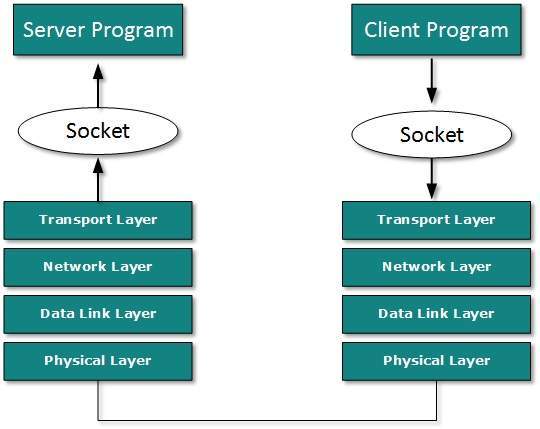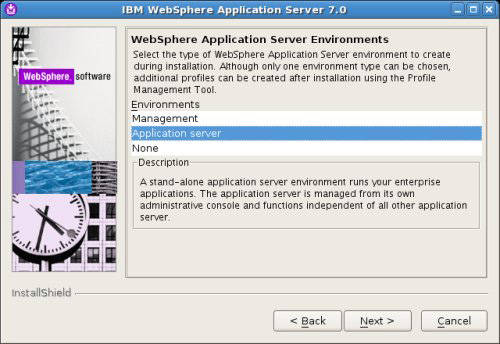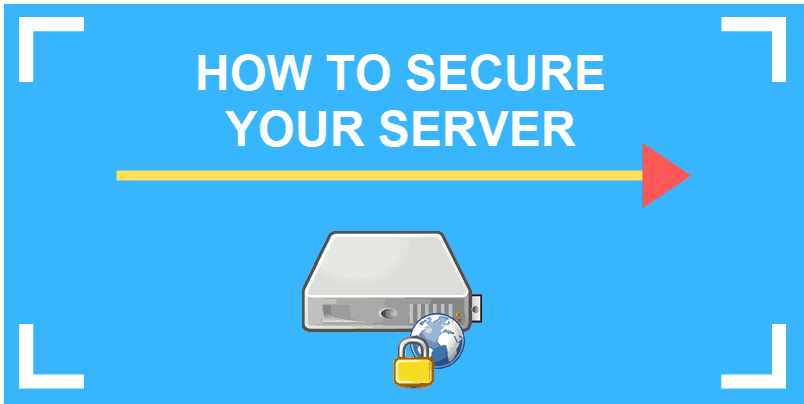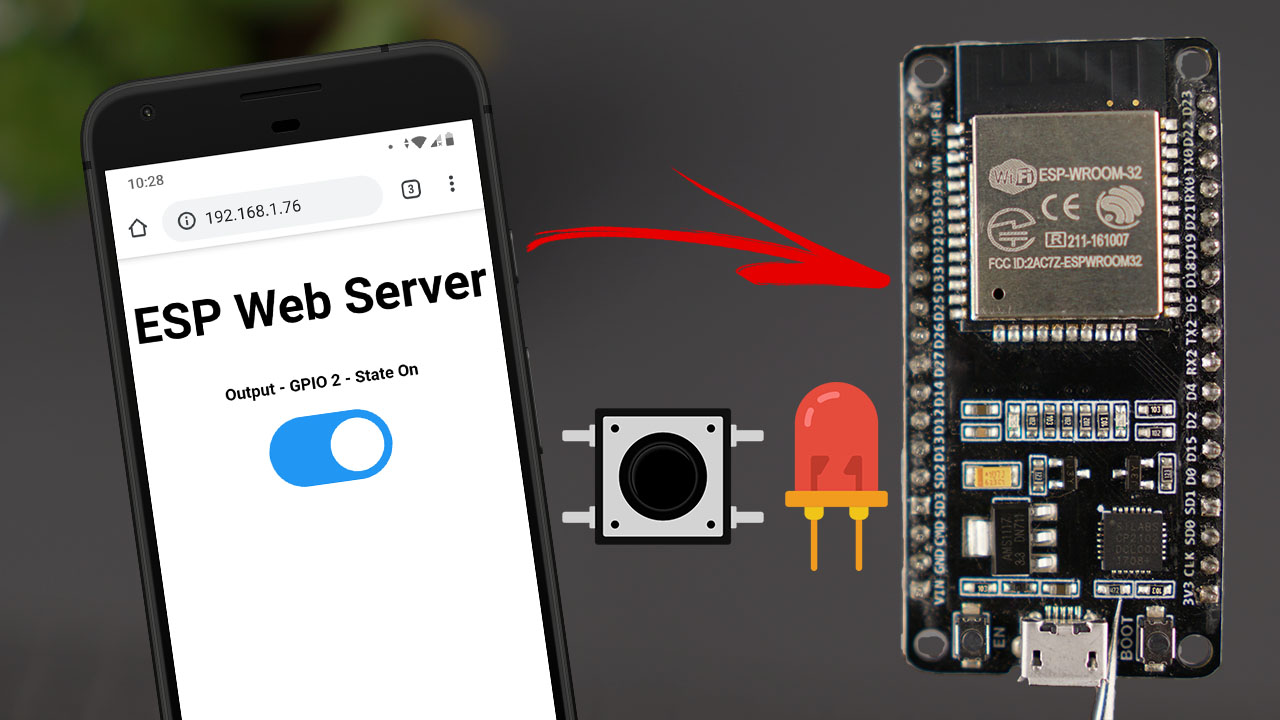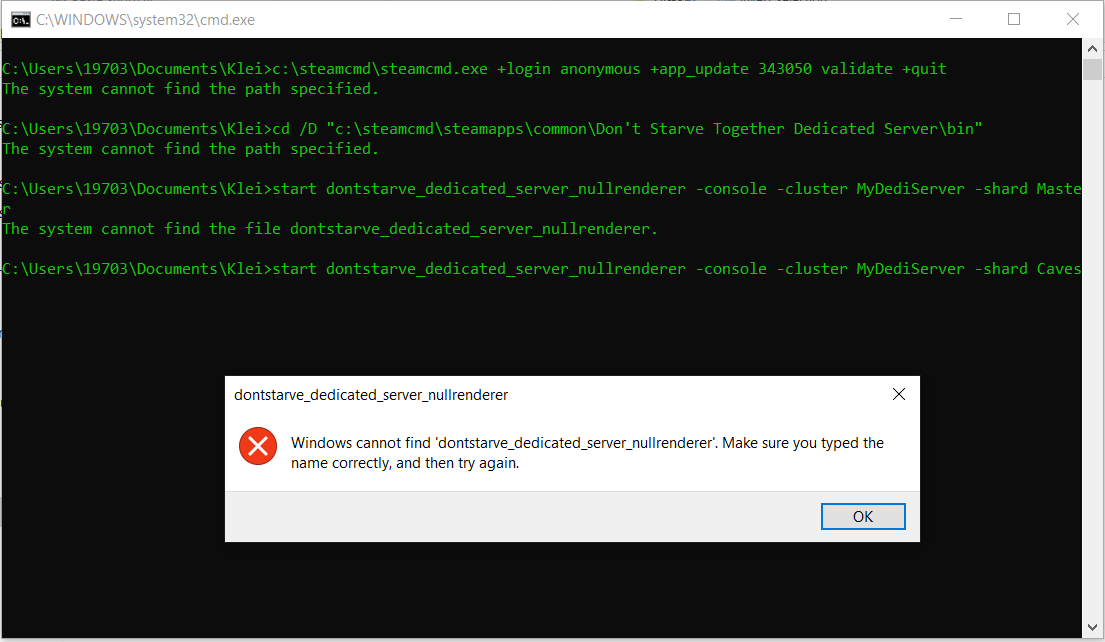Tutorial on Server-Client Communication
Is there a tutorial on server client?
When you’re working on a website or program, you may encounter the terms “server” and “client” in the same sentence. The two terms refer to computers that interact with each other, both on the client side and on the server side. In most cases, the two are the same, but you can think of them as different computers. In this tutorial, you’ll learn the basics of client/server communications and how to work with both.
Before we discuss the differences between a server and a client, we should define what each of these terms mean. The first term refers to the way the client communicates with the server. The second refers to the way the client and the server exchange data. You can use either one or both, but in this tutorial, we’ll focus on TCP. In contrast, UDP is used in fast-paced multiplayer games, where you can’t wait for your game to be complete.
Iterates on a read from the input stream
Iterating on a read from the input stream on the server client is used to send and receive data. The client must listen to the server before speaking. The server reads from the input stream attached to the socket. It then displays the message on the standard output and sends it to the client. The server closes the socket and the input stream when it is done. Similarly, a read from the input stream on the server client closes the socket.
The data that is read is segmented when the TCP stream is used. The safe_iter() function iterates line-based over the input stream. The limit parameter is mandatory for LimitedStreams. The unsafe readline() method is used only if the stream violates the WSGI specification. The safe-iter() function calls the readline() method with a separator and a newline marker.
Transforms session-specific parameters into a format that can be passed to the server
The RequestTransform class encapsulates the transformations required for inbound and outbound connections. The request transforms include the request path, query, HTTP version, method, and headers. They are represented by an instance of the RequestTransformContext class, and they can be used to augment or replace the default transformations. The default transformations serialize request data into JSON and strip the XSRF prefix from the endpoint’s host header. The server can then parse the response data into JSON using a JSON parser. Transforms are implemented using key-value pairs, and a client should be able to specify which ones should be processed.
A variable transformer sets a session-specific parameter that persists across transport barriers. A session-specific variable is a persistent value that tracks the lifecycle of a message across systems. It can also be used in transformation steps and job entries. It can be defined using the Set Variable step, or through the Set Environment Variables dialog box. There are two ways to define a variable, one is through the Set Environment Variables step and the other is through the set-session-variables-step.

